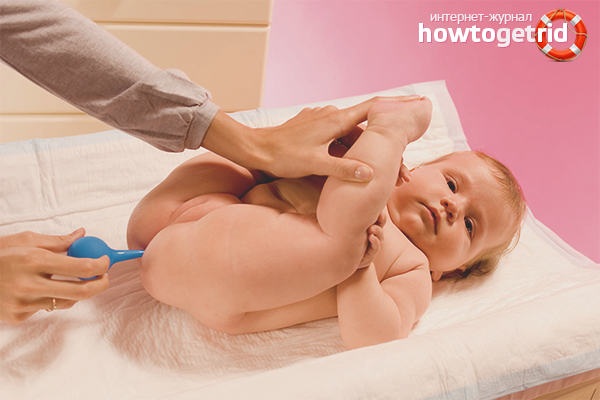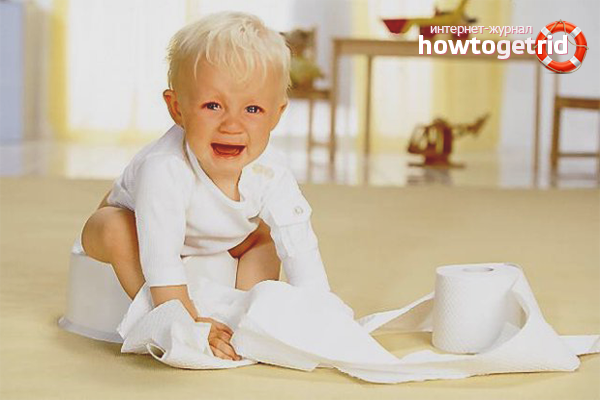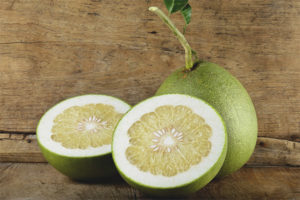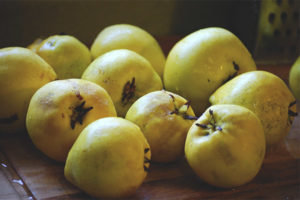The content of the article
The body of the child is perfect and regulated independently. Immediately after birth, the baby stops receiving food and oxygen through the umbilical cord and begins to breathe on its own. The same thing happens with the organs of its digestion - they begin to work autonomously, the first feces - meconium - appear in the child. But when something goes wrong, the chair may not be. Why a baby may have constipation, what is its cause and in what cases an enema can be done, let's talk in more detail.
Constipation in infants
In the first days of life, the child usually does not have problems with the chair. The babies of the first month of life defecate regularly, ideally after each meal. A baby can show up to 12 times a day - this is the norm. Over time, the number of bowel movements decreases. At three months, the baby can be emptied up to three times a day, if the child has a chair that happens more often - perhaps he has digestive problems.
But young mothers often face the problem of constipation, not diarrhea. Sometimes it happens that babies who are breastfed for a long time do not have a chair, while they feel normal. Pediatricians claim that this happens with the full absorption of breast milk. That is, the baby is well fed, the milk is absorbed completely, leaving behind a small amount of waste after the collapse of the product. In such cases, the child may not be emptied for up to 7 days, provided that he feels well. It should be noted that this applies only to breast milk. A bottle-fed baby should be emptied at least every other day. The following manifestations of the crumbs may indicate constipation.
- The baby cries a lot and for a long time.
- He has a lot of gas, his stomach is swollen, sometimes even painful.
- A child with constipation strains, groans, blushes. During this, often small children pull up the legs to the stomach.
- With severe constipation, the child may refuse to eat, does not sleep well, behaves restlessly.
- After a bowel movement, bowel movements seem much thicker and even harder than usual.
If you notice similar manifestations in a child, you should try to help the child to alleviate his condition. In this case, you need to make a crumbs enema.
How to make an enema for a newborn
Enema is used not only to facilitate the process of defecation with constipation. Cleansing enema is a great way to rid the body of toxins after poisoning. In addition, enema with drugs used for more effective and rapid treatment, when the child's condition requires early action. But all these cases must be supervised by a doctor. Home enema can be delivered only in case of constipation. And then, remember that an enema is a one-time help. If the baby has a broken chair, you must show it to your doctor to find out the cause of constipation and normalize the intestinal microflora with the help of drugs. But when a baby cries and needs help here and now, you need to act immediately.
- The first thing you need is a small rubber pear. It should have a thin and short tip. Best of all, if it is rubber. If the tip is plastic, carefully probe it with your fingers so that it does not have cracks, barbs or other sharp parts.The rubber bulb should be thoroughly washed with baby soap, and then hot water should be used to disinfect the inner surface of the object. Tip should be dipped in boiling water for a few seconds. After cleansing, make sure that there is no hot water in the pear, otherwise you may get burned mucous.
- For a newborn baby, the limit of the volume of fluid injected is 30 ml. At three months, the baby can be poured no more than 60 ml, in six months - 90, at 9 months - about 120 ml of liquid. Instead of water, you can use a weak decoction of chamomile - it will soothe the intestinal mucosa. It is very effective to do an enema with fennel decoction, it eliminates flatulence and promotes the discharge of gases that cause discomfort to the child.
- Before you give your child an enema, wash your hands and treat them with an antiseptic.
- So, first you need to prepare a place for the child. On the table, lay a diaper and a thick oilcloth, on which the baby will do all his work. Put the child on his back or side and press his knees to the chest.
- Carefully dilute the buttocks and lubricate the anus with petroleum jelly or boiled vegetable oil. You should also grease the tip of the pear abundantly after you have filled it with the right amount of fluid. Water or a weak broth should be warm and comfortable for the body.
- Carefully, with a scrolling movement, enter the tip of the pear into the large intestine by no more than 1-1.5 cm. After that, press on the pear so that the fluid flows from the pear to the intestine. Do this very slowly, so as not to harm the internal organs of the child.
- So that the baby doesn’t shout and worry, he should be calmed with gentle words. It will be good if someone keeps the child in the process of fluid injection. After all, one sharp movement or push can lead to a colon injury.
- When the entire volume of fluid enters the body, carefully remove the pear in a compressed form and squeeze the baby's buttocks so that the water does not go out early. Wait at least 5-10 minutes. When the baby starts to push hard, you can take his back to him and press his knees to his tummy. In this case, the process of defecation will be more successful. At the same time, hold the child over a pot, basin or oilcloth to make cleaning easier.
After a bowel movement, the child will calm down, he will finally be able to sleep normally, he will stop crying. Remember, it is often impossible to do an enema - water can wash out healthy intestinal microflora. Use the enema only as an emergency remedy.
What to do with regular constipation in the newborn
If the baby cannot be emptied on its own, it may be worthwhile to adjust the nutrition of the mother if the baby is breastfed. Mom should eat more fruits and vegetables, lean on dried apricots and prunes. Part of the nutrient laxatives goes with breast milk to the baby. After four months, the child can be given a weak broth of dried apricots and prunes one teaspoon. Subsequently, with the start of feeding, the problem of constipation usually disappears due to the large amount of fiber and plant foods. If your child suffers from constipation, start feeding with vegetable and fruit puree.
Sometimes the usual massage helps to cope with constipation. Make circular movements of the abdomen in a clockwise direction, that is, as the food moves in the intestine. Massage should be careful, but at the same time, rather persistent. Such manipulations promote the intestinal contents to a natural outlet. After the massage, you can speed up the process if you plant the baby over the pot, that is, hold the baby with your back to yourself, keeping your knees close to your chest.In this position, it will be much easier for the baby to be emptied.
But remember, all these measures are temporary in nature to help the child ease here and now. This problem needs to be solved in a more serious way - look for the cause of constipation, change the mother’s food, try to feed the newborn with water, drink away probiotics to restore the intestinal microflora.The doctor will help you solve this problem, do not wait for the next constipation, go to the reception.
Video: how to do an enema for babies













To send